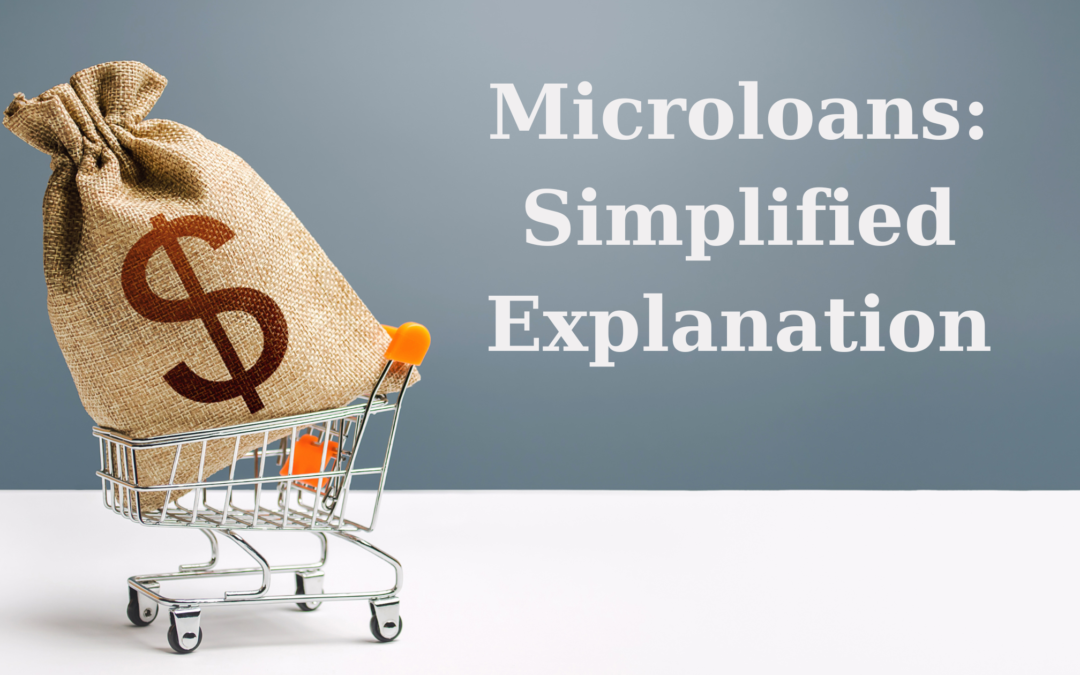Microloans offer a non-traditional way for businesses to secure smaller amounts of funding. These loans, often ranging from tens of thousands to around $50,000, are more accessible compared to standard business loans due to lenient qualification requirements.
Various lenders and platforms, including the U.S. Small Business Administration (SBA), provide microloans. For small businesses aiming to expand, a microloan could offer the necessary funds. Here’s a straightforward breakdown of microloans:
Understanding Microloans
A microloan is a lower loan amount typically issued to a small business. The average SBA microloan is about $13,000, but it can go up to $50,000. Similar to other loans, microloans come with an interest rate and a repayment timeframe, which is shorter than traditional business loans, often ranging from six to seven years.
Compared to traditional small business loans, microloan qualifications are less strict, making them appealing for those with lower credit scores or limited credit histories.
Microloan Alternatives
Microloans might not be suitable for every situation. Depending on needs, alternatives include:
- Business Credit Cards: Ideal for smaller purchases and many offer rewards.
- Traditional Small Business Loans: Many online companies and banks offer these types of loans, but qualifications are usually more strict than the SBA.
- Personal Loans: Tied to your personal credit and finances, these loans can be risky but offer flexibility. SoFi is a recommended lender by CNBC, providing loans of up to $100,000 with no origination or late fees.
Uses of Microloans
Microloan purposes vary among lenders, but generally, borrowers can utilize the funds for small business growth, including buying supplies, inventory, and equipment.
It’s important to note that SBA microloans cannot be used for real estate purchases, house flipping, or debt repayment.
Sources of Microloans
Microloans are available from diverse sources:
- U.S. Small Business Administration (SBA) Microloans: Offered through intermediaries with interest rates between 8% and 13%.
- USDA Microloans: For small to mid-sized farms, the United States Department of Agriculture’s Farm Service Agency provides microloans.
- Peer-to-Peer Microloan Lenders: Platforms like Kiva enable funding through multiple small loans. However, proving creditworthiness may involve inviting friends and family to lend.
Pros and Cons of Microloans
Microloans come with advantages and disadvantages:
Pros:
- Accessibility for those with lower credit scores.
- Borrow only what’s needed.
- Less stringent qualifications compared to traditional loans.
Cons:
- May not cover larger projects.
- Shorter repayment terms (up to six years for SBA loans).
Microloans suit businesses requiring smaller capital amounts. They cater to those who might not qualify for larger loans and can be obtained from various sources, including the U.S. government’s SBA program and peer-to-peer lenders. If you are need need of financing, look into one or all of these options to give you the cash you need to effectively run our company.
What Is A Microloan And How Does It Work? (cnbc.com)
